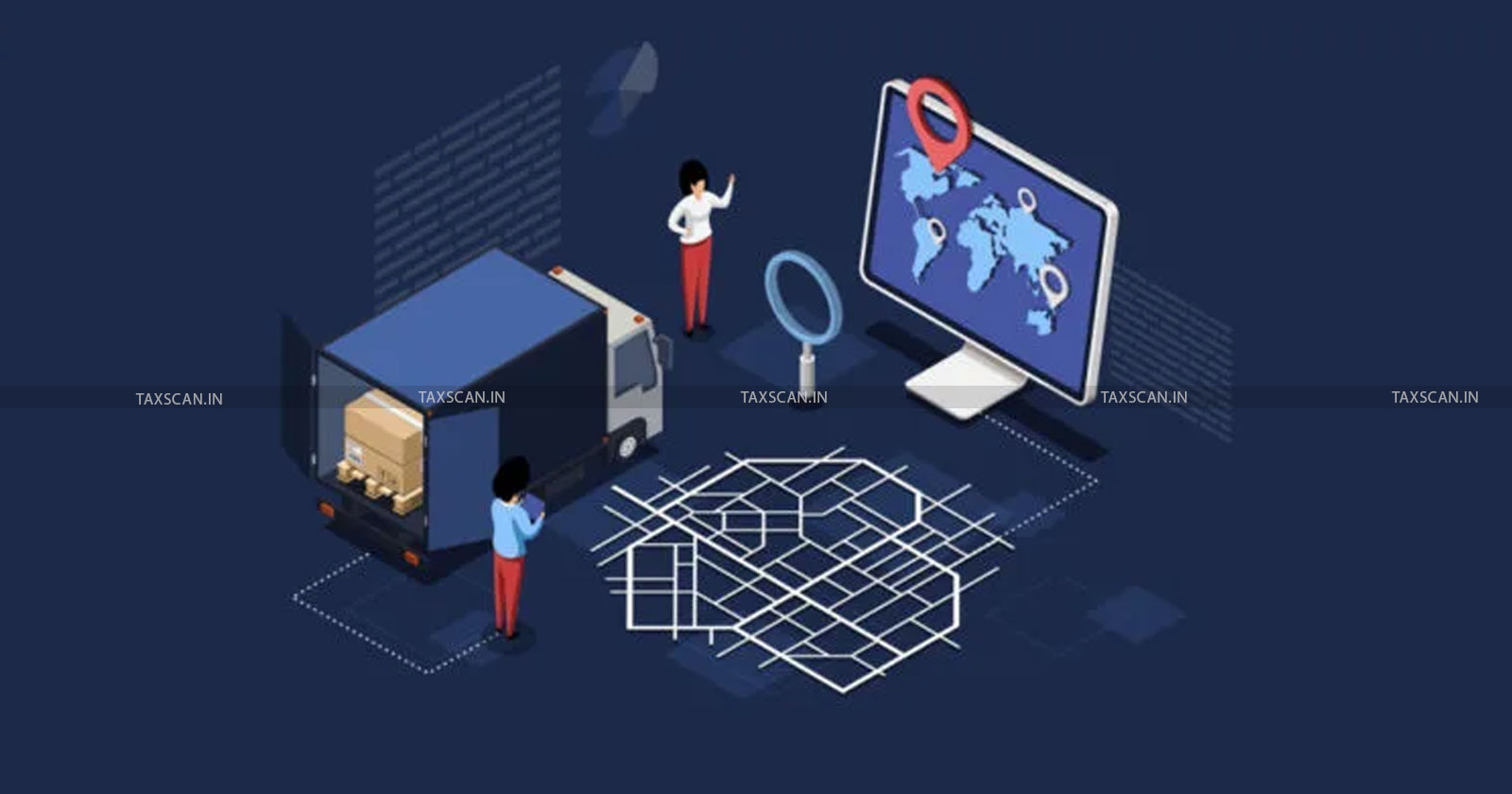“Track And Trace” Mechanism to Check GST Evasion: Finance Bill 2025
One of the first goods to be subject to a "track and trace mechanism" designed to prevent tax evasion is anticipated to be cigarettes. The initiative might also incorporate pan masala

Track and Trace – GST Evasion – Finance Bill 2025 – Tax Evasion Prevention – GST Enforcement – Fraud Detection – Union Budget 2025 – Budget 2025 India – Budget 2025 Highlights – taxscan
Track and Trace – GST Evasion – Finance Bill 2025 – Tax Evasion Prevention – GST Enforcement – Fraud Detection – Union Budget 2025 – Budget 2025 India – Budget 2025 Highlights – taxscan
The Finance Bill, 2025 proposed amending the Goods and Service Tax Act (GST) which introduces “track and trace” mechanism to check GST evasion. The new clause (116A) is being inserted in section 2 to provide definition of Unique Identification Marking for implementation of Track and Trace Mechanism. The Central Goods and Service Tax ( CGST ) Act, 2017 grants the government the authority to implement the Track and Trace Mechanism for specific commodities that are prone to evasion through Section 148A. The system's foundation will be a distinctive identification mark that is applied to the products in question or their packaging.
The Union Finance Minister Nirmala Sitharaman on 55th meeting of the GST Council had recommended inserting an enabling provision in the Central Goods and Service Tax (CGST) Act, 2017 through Section 148A to empower the government to enforce the Track and Trace Mechanism for specified evasion-prone commodities.
Read More: Budget 2025: Two Self-occupied Property Conditions Exempt from Income Tax, Says FM
This will aid with the installation of systems for tracking certain commodities along the supply chain and will offer a legal basis for creating such a system. By monitoring the complete supply chain, it will reduce the possibility of tax evasion. Additionally, it makes it simpler to identify production, shipping, or sales irregularities. It will lessen revenue losses resulting from false input tax credit (ITC) claims or underreported sales.
This mechanism ensures fair competition by discouraging illicit trade practices, such as the sale of counterfeit goods. It provides authorities with the comprehensive data they require to conduct targeted audits and investigations. This technique boosts customer trust in the authenticity of items by promoting traceability and transparency. Businesses may have to pay extra to comply with new rules and integrate technology. The system may initially increase compliance obligations for taxpayers, particularly small and medium-sized firms (SMEs).
Get Complete Coverage on Budget 2025-26
One of the first goods to be subject to a "track and trace mechanism" designed to prevent tax evasion is anticipated to be cigarettes. The initiative might also incorporate pan masala.
A Unique Identification Marking that is applied to the aforementioned goods or their packaging will serve as the foundation for the system. This will assist put systems in place for tracking particular commodities across the supply chain and offer a legal basis for creating such a system.
A solid technology base and user adaptability are necessary for successful deployment. Implementing Section 148A of the CGST Act, 2017 is a crucial step in utilizing technology to prevent tax evasion. The Track and Trace Mechanism is expected to increase tax compliance, curb illicit trade, and enhance revenue collection.
To Read the full text of the Finance Bill CLICK HERE
Support our journalism by subscribing to Taxscan premium. Follow us on Telegram for quick updates


